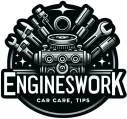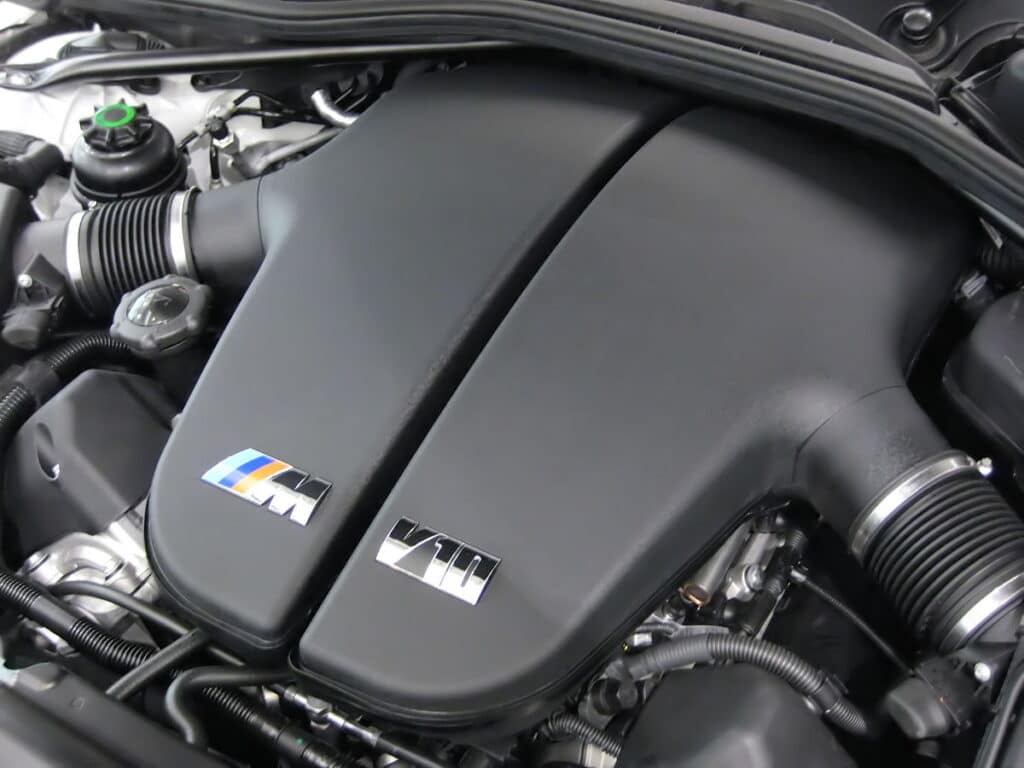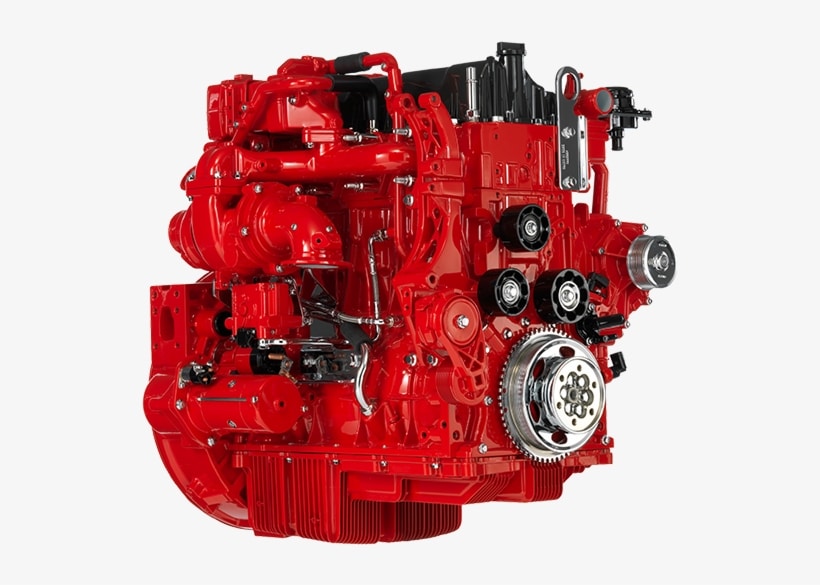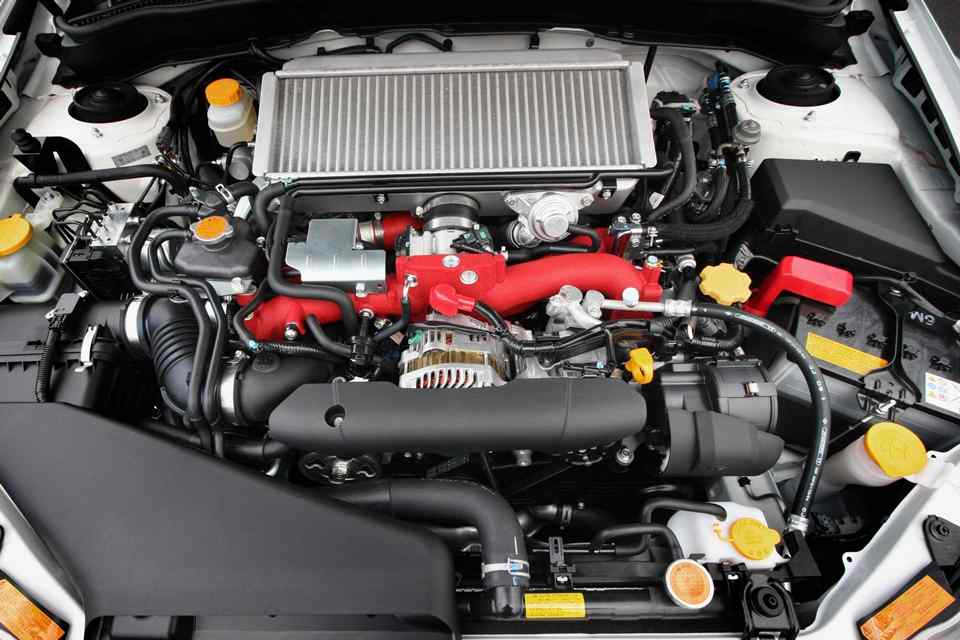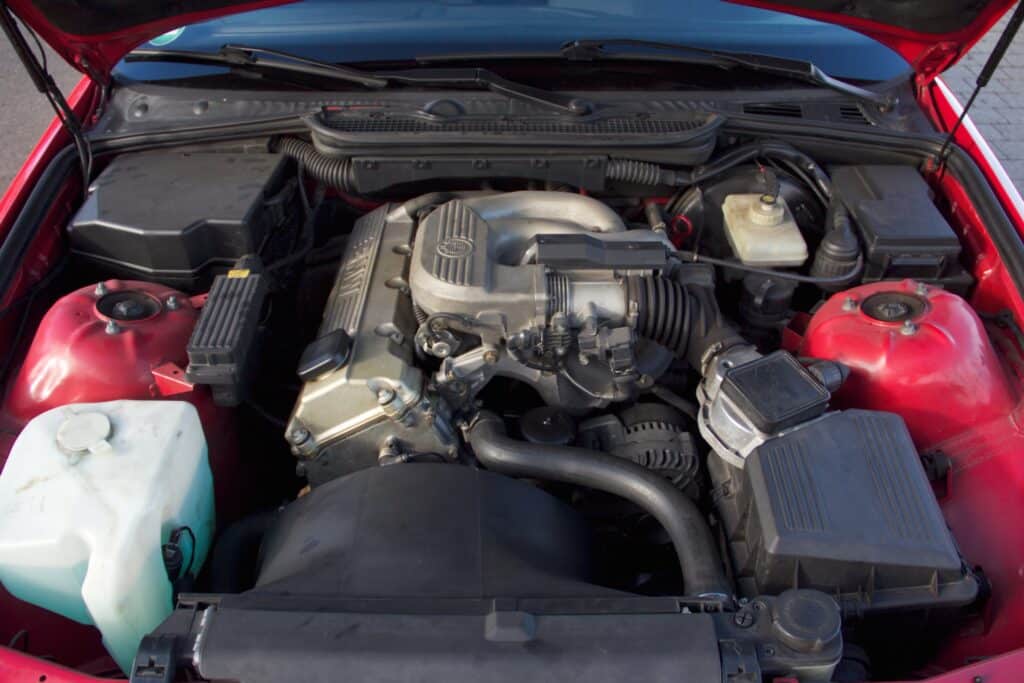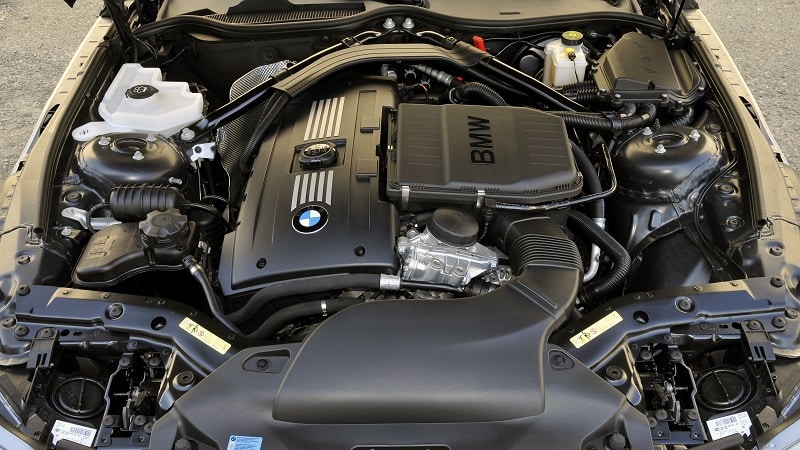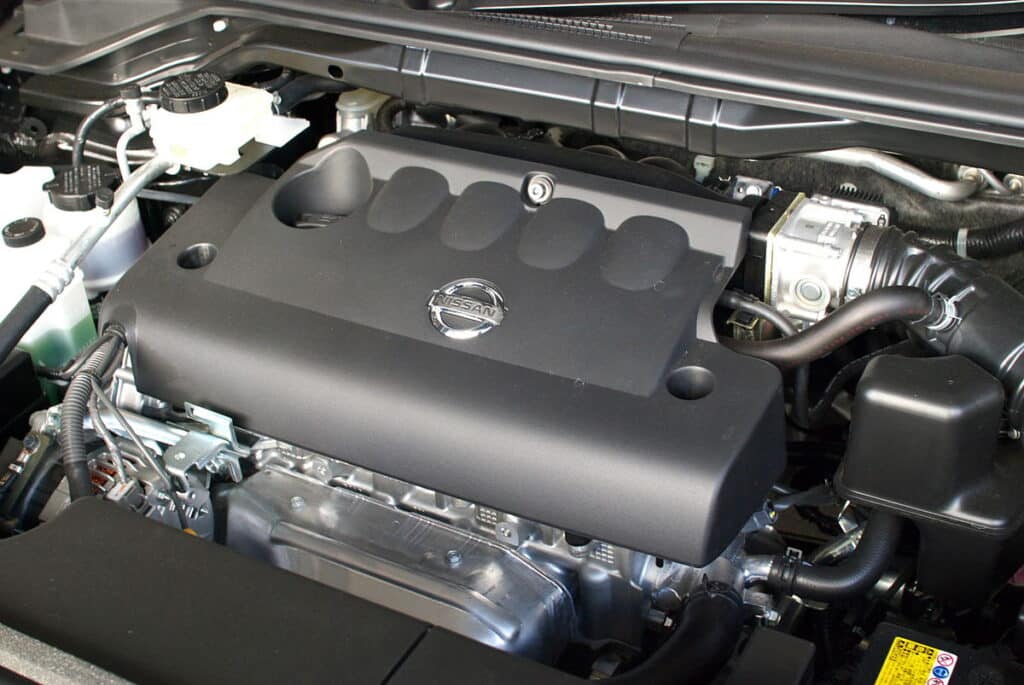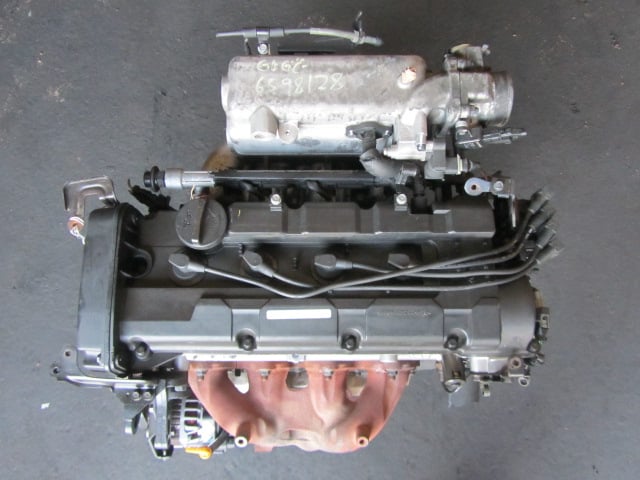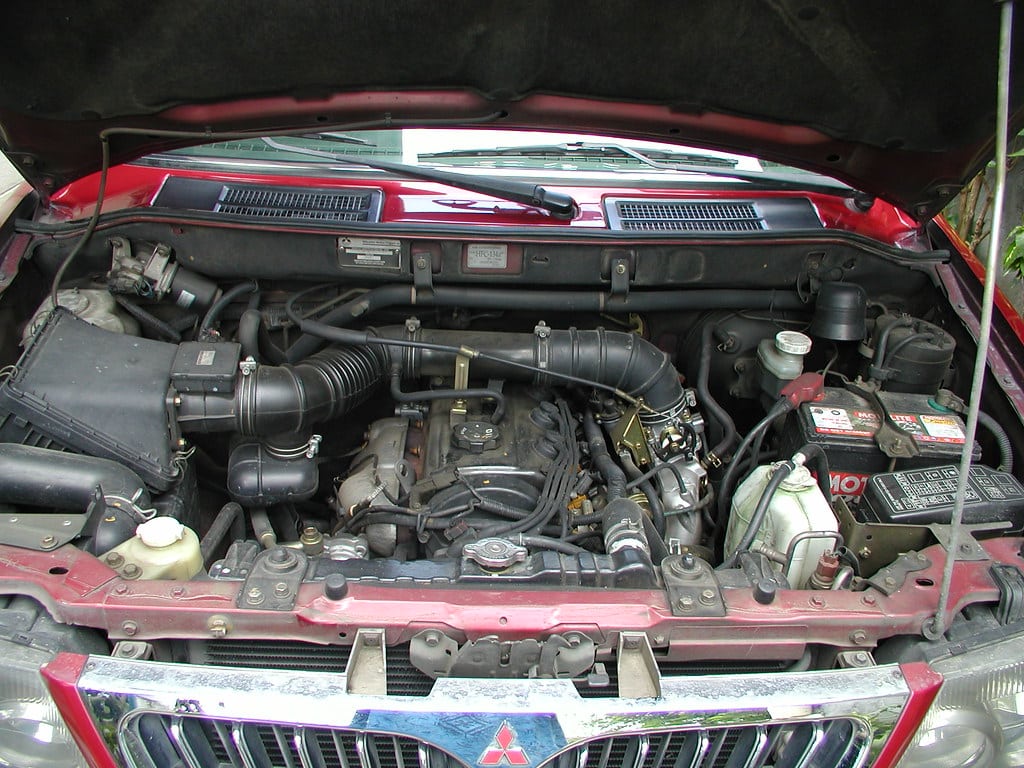The Toyota 7AFE engine has had a significant impact in the automotive industry, powering various Toyota models for 12 years. This engine is known for its reliability, fuel efficiency, and decent performance, making it a popular choice among Toyota enthusiasts.
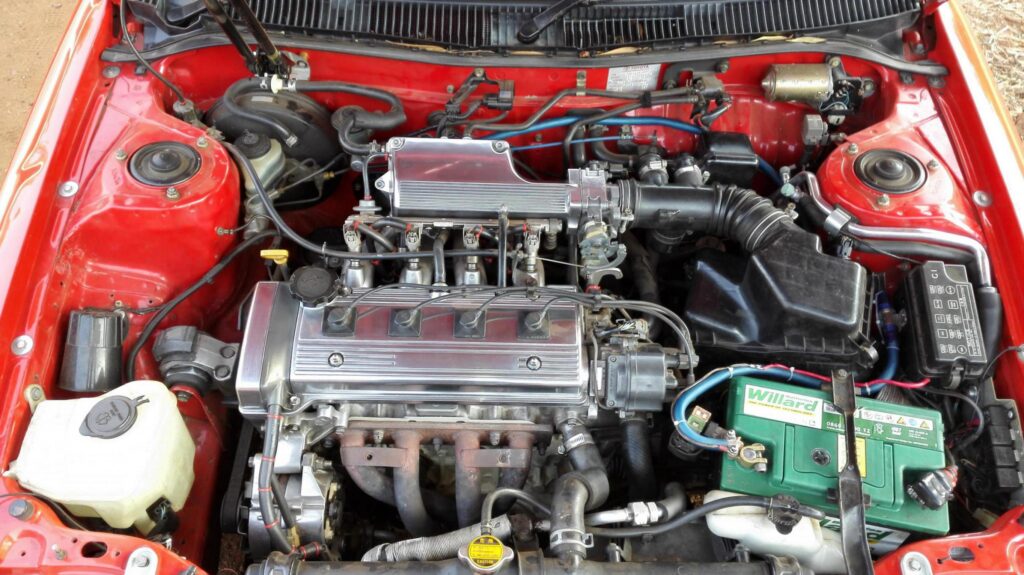
Historical Background
The Toyota 7AFE engine was a remarkable development in the ‘A’ engine series by Toyota. Here are some key points regarding its historical background:
- Production Years: The engine was produced between the years 1990 and 2002, serving as a reliable power unit for various Toyota models during this period.
- Evolution: The 7AFE engine evolved from the 1.6-litre 4A-FE engine, exhibiting an increased displacement and enhanced performance characteristics.
- Models Fitted: The 7AFE engine found its place in a variety of Toyota models, including but not limited to:
- Toyota Avensis
- Toyota Caldina
- Toyota Carina
- Toyota Celica
- Toyota Corolla
- Toyota Corona
- Toyota Sprinter
7AFE Engine Specs
The Toyota 7AFE engine came with specific technical specifications contributing to its performance and reliability. Below are the engine specifications:
| Specification | Value |
|---|---|
| Displacement | 1762 cc |
| Bore x Stroke | 81.0 x 85.5 mm |
| Compression Ratio | 9.5:1 |
| Fuel System | Fuel injection |
| Power Output | 105-120 hp |
| Torque Output | 149-159 Nm |
| Fuel Type | Petrol |
| Firing order | 1-3-4-2 |
| Timing belt replacement | 60,000 miles |
| Oil capacity | 5 quarts (4.7 liters) |
| Oil type | SAE 5W-30 |
The deck height of the cylinder block with plate number 7AFE was higher than that of the engine with plate number 4AFE. The engine was equipped with dual overhead camshafts which operated using a belt and gear drive, and had four valves per cylinder that were actuated by solid bucket-type valve lifters.
The 7AFE engine used electronically-controlled multi-point fuel injection, and Toyota recommended premium unleaded petrol for this engine.
Also, the engine was non-interference, and the Corolla Sportivo engine was fitted with a turbocharger.
Engine Valve Timing
| Position | Open | Close |
|---|---|---|
| Intake | 6° BTDC | 38° ABDC |
| Exhaust | 42° BBDC | 2° ATDC |
interference or non-interference engine
The Toyota 7AFE engine is categorized as a non-interference engine. In engines of this type, the design ensures that the intake and exhaust valves do not fall out of synchronization with each other, even in cases where the timing belt might snap. This particular design attribute eliminates the risk of valve-to-valve interference, a common issue found in interference engines.
The 7AFE engine incorporates a unique design where a single cam sprocket connects the timing belt, with two additional gears linking the two camshafts. This configuration is instrumental in maintaining the synchronization between the intake and exhaust valves, thereby protecting against potential damage that could arise from timing belt failure.
The advantage of this non-interference design is that in the event of a timing belt failure, there’s a lower risk of causing severe engine damage, a peace of mind that is not typically afforded by interference engine designs. This characteristic further underscores the reliability and robustness of the Toyota 7AFE engine, making it a durable choice for motorists.
Horsepower
The Toyota 7AFE engine showcases a horsepower range between 105 to 120, contingent on the model and the production year. This engine, produced from 1990 to 2002, is robustly built with a cast iron block, featuring an 81.0 mm bore and an 85.5 mm stroke.
The architectural design of the 7AFE engine incorporates double overhead camshafts operated by a belt and gear drive, and each cylinder houses four valves actuated by solid bucket-type valve lifters. This design significantly contributes to the engine’s performance and durability.
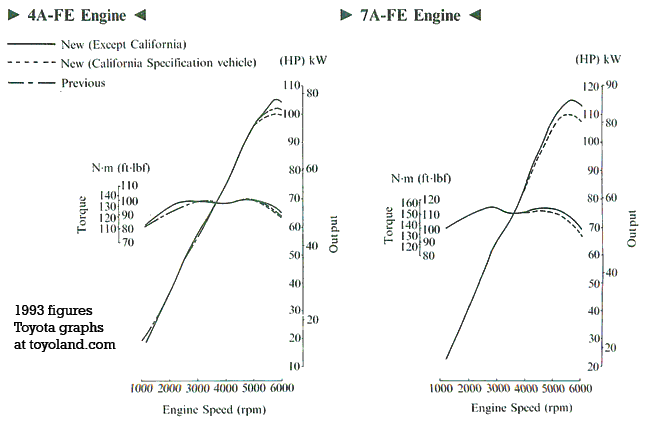
In terms of fuel management, the 7AFE engine employs an electronically-controlled multi-point fuel injection system, with Toyota recommending the use of premium unleaded petrol to ensure optimal performance.
Notably, in its first generation iteration built for the Canadian market, the engine output was recorded at 115 horsepower at 5,600 rpm and 149 lb-ft of torque at 2,800 rpm, exemplifying a commendable performance, especially for vehicles within its class.
The 7AFE engine found its place in a range of Toyota models, prominently in the Toyota Corolla, Celica, and Geo Prizm, among others. Its horsepower range, coupled with the efficient fuel management system and robust design, makes the 7AFE engine a reliable and capable power unit that has significantly contributed to the driving experience of numerous Toyota models over the years.
Spark Plugs And Gaps
The spark plugs and the spark plug gap are critical components to ensure the smooth operation of your Toyota 7AFE engine. For the 1993-1997 1.8L 7A-FE models, the recommended spark plugs are Denso K16R-U or NGK BKR5EYA with a spark plug gap of 0.8 mm (0.031 in).
It’s crucial to refer to your vehicle’s manual or a trusted source to ascertain the correct spark plug gap for your specific model and year. When it comes to replacing spark plugs, using the right type is vital. For the 7AFE engine, iridium spark plugs are the recommended choice.
These spark plugs come pre-gapped and typically do not necessitate additional gap adjustment. However, if you’ve replaced the spark plugs and are facing issues, it’s advisable to check the gap.
Gapping the spark plugs can be done using a spark plug gap tool or a feeler gauge. The proper method to gap the spark plugs is to slightly open the gap, then close it to ensure consistency across the electrode. Caution is advised when employing a ramp gapper tool, as incorrect use can damage the spark plug. A wire gapper tool is recommended to minimize the chances of error during this process.
The correct spark plug and spark plug gap are paramount to the engine’s performance, ensuring optimal combustion and, in turn, better fuel efficiency and a smoother-running engine.
Engine Coolant
The Toyota 7AFE engine employs ethylene-glycol-based coolant to regulate its temperature, ensuring a stable operating environment. The coolant capacity for this engine is estimated at around 6 quarts or 5.7 liters. It’s advised to dilute the coolant with water in a 50/50 ratio to achieve the desired coolant properties.
Maintenance-wise, it is recommended to change the coolant either every 30,000 miles or every two years, whichever milestone is reached first.
Always consult your vehicle’s manual or a trusted source to confirm the correct coolant type and capacity for your specific model and year.
When it’s time to change the coolant, flushing the system with water is a good practice to rid it of any debris or contaminants that might have accumulated over time. While performing the coolant change, it’s also prudent to inspect the coolant hoses and clamps for signs of wear or damage, replacing them as needed to prevent potential leaks or failures.
Additionally, replacing the thermostat during a coolant change is advisable. The thermostat is a critical component that regulates the engine’s operating temperature. Over time, thermostats can become stuck or fail, which could lead to engine damage if left unaddressed.
In summary, for the Toyota 7AFE engine:
- Coolant Type: Ethylene-glycol based
- Coolant Capacity: Approximately 6 quarts or 5.7 liters
- Dilution Ratio: 50/50 with water
- Coolant Change Frequency: Every 30,000 miles or every two years
These measures, including flushing the system, checking hoses and clamps, and replacing the thermostat, are essential steps to ensure the longevity and reliable performance of your Toyota 7AFE engine.
Performance and Efficiency
The Toyota 7AFE engine is not just known for its reliability but also for its performance and efficiency, which have made it a favorable choice among car enthusiasts.
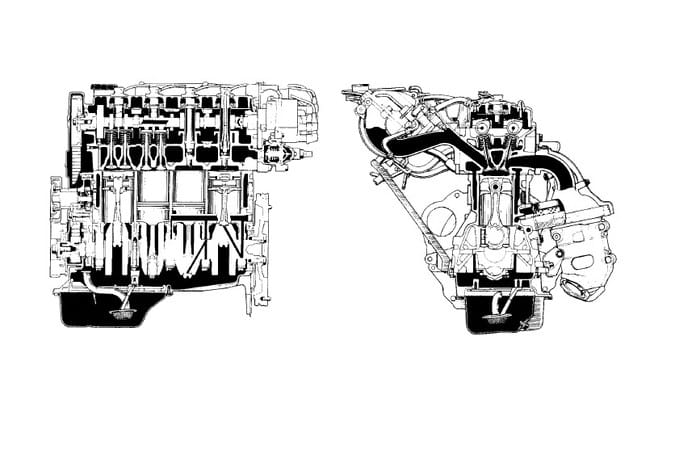
Performance Overview
The performance of the 7AFE engine can be attributed to several key factors:
- Lean Burn Design: The engine incorporates a lean burn design that enhances torque output at lower rpm, making it efficient and responsive during city driving.
- Comparison with Other Engines: When compared to other engines like the 3S-FE, the 7AFE engine exhibits a significant amount of torque at low RPMs, ensuring a smooth driving experience.
Fuel Efficiency and Emissions
The 7AFE engine’s fuel efficiency and compliance with emission standards further add to its appeal:
- Fuel Consumption: The engine boasts impressive fuel consumption figures, translating to around 24 MPG in the city, 41 MPG on the highway, and 33 MPG combined, although these figures may vary slightly depending on the specific model of the car.
- Emission Standards Compliance: The engine complies with the EURO 2 emission standards, which is a testament to Toyota’s commitment to reducing the environmental impact of its vehicles. For a more detailed discussion of the emission standards and how the 7AFE engine complies with them, you can visit the Official Toyota Website.
The performance and efficiency of the Toyota 7AFE engine are instrumental in understanding its popularity and longevity in the automotive market. These aspects not only make it a reliable engine but also an environmentally friendly and cost-effective choice for many drivers.
7AFE engine fuel consumption
The fuel consumption of the Toyota 7AFE engine is influenced by a myriad of factors, including the driving conditions, the weight of the vehicle, and the driver’s style.
Nonetheless, it’s noted that the engine presents commendable fuel consumption rates, with figures standing at approximately 24 MPG (miles per gallon) for city driving, 41 MPG on highway, and a combined mileage of 33 MPG, particularly for the Toyota Corona T210 model.
It’s imperative to acknowledge that these figures might exhibit variations based on the specific vehicle model among other determining factors.
A notable feature of the 7AFE engine is its utilization of a lean-burn fuel mixture, which not only augments fuel efficiency but also minimizes the environmental impact. Moreover, the engine’s low-gearing ratio coupled with a low crankshaft speed significantly contributes to the reduction in fuel consumption, enhancing its efficiency.
While the inherent design and build of the 7AFE engine play a pivotal role in fuel consumption, external factors like the driving style, the vehicle’s weight, and prevailing driving conditions also have a substantial impact. For instance, aggressive driving or carrying heavy loads can potentially escalate fuel consumption.
Therefore, to attain the best fuel efficiency, it’s advisable to adhere to conservative driving practices and ensure regular vehicle maintenance. Through these measures, one can optimize the fuel consumption of the Toyota 7AFE engine, making the most out of its impressive fuel efficiency capabilities.
Understanding Lean Burn Technology in Toyota 7AFE Engine
Lean Burn Technology is a significant feature of the Toyota 7AFE engine that contributes to its fuel efficiency and low emissions. This technology adjusts the air-fuel mixture in the combustion chamber to a leaner ratio, meaning there is more air relative to fuel in the mixture.
How It Works
- Air-Fuel Ratio Adjustment:
- Traditional gasoline engines operate at an air-fuel ratio of about 14.7:1, known as the stoichiometric ratio. However, with lean burn technology, this ratio is shifted to a higher value, sometimes up to 20:1 or more.
- The 7AFE engine’s fuel injection system and engine control unit (ECU) work in tandem to adjust the air-fuel mixture based on various factors, including engine load, speed, and temperature.
- Ignition and Combustion:
- The leaner air-fuel mixture is ignited in the combustion chamber. Due to the excess air, the combustion temperature is lower compared to conventional engines.
- The cooler combustion temperature helps reduce nitrogen oxide emissions, which are known to be harmful to the environment.
Benefits of Lean Burn Technology
- Improved Fuel Efficiency:
- The leaner mixture requires less fuel for combustion, which in turn improves the fuel efficiency of the engine.
- Toyota 7AFE engine owners can enjoy better miles per gallon (MPG) figures, especially during highway driving where lean burn technology is most effective.
- Reduced Emissions:
- With lower combustion temperatures, the formation of nitrogen oxides is significantly reduced, making the engine more eco-friendly.
- The 7AFE engine complies with stringent emission standards thanks to the lean burn technology.
- Enhanced Engine Performance:
- Although lean burn technology primarily aims at improving fuel efficiency and reducing emissions, it also contributes to better engine performance, especially at lower and medium engine loads.
- The technology allows for better throttle response and improved torque at lower RPMs, enhancing the driving experience.
- Maintenance Benefits:
- The reduced combustion temperature is gentler on the engine components, potentially extending the lifespan of crucial engine parts such as the spark plugs and the exhaust system.
Lean Burn Technology is a substantial advantage of the Toyota 7AFE engine, marrying eco-friendliness with performance while ensuring a more efficient fuel consumption. This innovative technology underlines Toyota’s commitment to creating environmentally responsible and economically sensible vehicles.
7AFE Engine Problems And Reliability
The Toyota 7AFE engine is generally a reliable and durable power unit. However, like any other engine, it has its share of issues. Understanding these problems and addressing them can significantly enhance the engine’s lifespan and performance.
Electronic Unpredictability in Lean Burn Units
The advanced lean burn units of the 7AFE engine sometimes exhibit electronic unpredictability. Owners have reported incidents where pressing the accelerator pedal does not immediately turn off the mixture depletion system, leading to erratic or sluggish behavior of the car.
| Problem Description | Possible Solution |
|---|---|
| The mixture depletion system does not turn off | Check and replace electronics if necessary |
High Fuel Consumption Issues
High fuel consumption is another common issue with the 7AFE engine. These issues often relate to the oxygen sensor or fuel injectors.
High fuel consumption could manifest through soot on the spark plugs, black smoke from the exhaust pipe, or high vibrations at idle running.
| Problem Description | Possible Solution |
|---|---|
| High Fuel Consumption | Black smoke from the exhaust |
| Soot on spark plugs | Check and replace spark plugs |
| Black smoke from exhaust | Check fuel system |
| High vibrations at idle | Replace the oxygen sensor or clean injectors |
RPM Troubles and Solutions
RPM issues such as hanging up and fast rotations can also be encountered with the 7AFE engine. These issues are often resolved by examining the idle air control valve and throttle position sensor and cleaning the throttle body.
| Problem Description | Possible Solution |
|---|---|
| RPM hanging-up | Check idle air control valve and throttle position sensor |
| Fast rotations | Clean throttle body |
The Toyota 7AFE engine may have a few common problems, but its reliability and ease of maintenance make it a solid choice for many Toyota models over the years. Addressing these common issues promptly can ensure a long and efficient life for the engine.
Maintenance Tips
Maintaining your Toyota 7AFE engine well is the key to ensuring its longevity and optimal performance. Like any other engine, the 7AFE engine requires regular maintenance checks and timely replacements of certain components to keep it running smoothly.
Regular Oil Changes
- Importance: Regular oil changes are crucial for keeping the engine lubricated and reducing wear and tear on the moving parts. Oil quality also plays a significant role in maintaining the engine’s performance.
- Frequency: It’s recommended to change the oil every 6,000 miles to ensure the engine remains well-lubricated and performs optimally.
- Indicators: If you notice a decrease in engine performance or an increase in engine noise, it may be time to check and possibly change the oil.
What Is The Oil Capacity For Toyota 7AFE Engine?
Around 5 quarts of 5W-30 quality motor oil and a good oil filter is needed when servicing the oil on a 7AFE engine.
Here is a detailed overview of the oil capacity for the Toyota 7AFE engine:
- The total oil capacity for the 7AFE engine is 4.7 liters or 5.0 quarts when changing the oil and oil filter.
- The engine oil type recommended by Toyota is 5W-30 conventional or synthetic oil with an API grade of SF/SG or higher.
- High-quality motor oil from trusted brands is suggested, such as Mobil, Castrol, or Valvoline conventional or synthetic oil, meeting the weight and grade specifications.
- For high-mileage engines, using an oil formulated for older engines can help condition seals and clean deposits. Brands like Valvoline MaxLife or Castrol GTX High Mileage are good options.
- When changing the oil, replace the oil filter with a high-quality brand like Mobil 1, K&N, or Purolator PureOne to capture contaminants.
- Regular oil changes every 5,000-7,500 miles or 6-12 months are recommended by Toyota to protect the 7AFE engine. Check oil levels frequently and top up when needed.
- Burning or leaking oil in older 7AFE engines may require topping up between oil changes to maintain proper levels.
Cleaning Injectors and Throttle Body
- Injectors: Clean fuel injectors are crucial for ensuring the correct mixture of fuel and air in the engine. Dirty or clogged injectors can lead to poor fuel efficiency and engine performance.
- Throttle Body: Cleaning the throttle body can help ensure that the correct amount of air flows into the engine, which is crucial for optimal performance.
- Frequency: It’s advisable to clean the injectors and throttle body as part of your regular maintenance routine or whenever you notice a decrease in fuel efficiency or engine performance.
Toyota 7AFE Timing Belt or Chain?
The Toyota 7AFE engine uses a timing belt.
As a belt-driven system, the timing belt connects the crankshaft to the camshafts and keeps them rotating in sync. This belt is made of rubber with fiber cords reinforcing it and has teeth to prevent slippage. Toyota recommends replacing the 7AFE timing belt at 60,000-mile intervals or 5 years, whichever comes first.
When replacing the timing belt, it’s also a good idea to change the water pump since the timing belt drives it. A faulty water pump could overstress and break the new timing belt.
Overall, maintaining the timing belt and water pump maintenance is critical to avoiding catastrophic engine failure in Toyota’s 7AFE.
Adhering to a regular maintenance schedule and addressing any issues promptly can significantly enhance the life and performance of your Toyota 7AFE engine. Ensuring that crucial components are clean and functioning correctly can lead to better fuel efficiency, improved engine performance, and a longer engine life.
Performance Modifications
Enhancing the performance of the Toyota 7AFE engine can be an exciting project for car enthusiasts. There are various modifications and upgrades available that can significantly boost the engine’s performance.

Upgrading Cams, Crank Pulley, and using Build-Up Kits
- Cams:
- Upgrading the cams can lead to improved engine performance.
- Companies like Web Cam offer cams specifically designed for the 7AFE engine.
- Crank Pulley:
- Upgrading to a lightweight crank pulley can reduce rotational mass and improve engine response.
- Auto Specialties provides a crank pulley that is suited for the 7AFE engine.
- Build-Up Kits:
- Utilizing build-up kits can significantly enhance the engine’s power.
- HP motor build-up kits are available for individuals looking to boost the performance of their 7AFE engine.
Engine Rebuilding and Turbocharging
- Engine Rebuilding:
- Rebuilding the engine with performance parts can lead to a noticeable increase in horsepower and torque.
- This modification usually includes upgrading various internal components like pistons, rods, and bearings.
- Turbocharging:
- Adding a turbocharger can significantly boost the engine’s power and torque.
- Various kits are available in the market, and individuals have also experimented with custom turbo setups to achieve desired performance levels.
Performance Enhancement Resources
- Forums and Community Discussions:
- Engaging in forums and community discussions can provide valuable insights and recommendations for performance modifications.
- Platforms like Toyota Nation Forum have dedicated threads discussing performance upgrades for the 7AFE engine.
- Performance Parts Vendors:
- Numerous vendors provide performance parts specifically designed for the 7AFE engine.
- Exploring these vendors and comparing the available options can help make informed decisions regarding performance upgrades.
With the right modifications, the Toyota 7AFE engine can be transformed into a much more powerful and responsive unit. Whether you choose to go for simple bolt-on upgrades or more extensive modifications like engine rebuilding and turbocharging, the potential for enhancing the 7AFE engine’s performance is substantial.
Frequently Asked Questions (FAQs)
The Toyota 7AFE engine has been a topic of discussion for many automotive enthusiasts. Here, we address some of the frequently asked questions concerning the 7AFE engine to provide a more rounded understanding of this remarkable engine.
What models were equipped with the 7AFE engine?
The 7AFE engine was used in various Toyota models, including:
- Toyota Avensis (10. 1997 — 12. 2000)
- Toyota Caldina (01. 2000 — 08. 2002)
- Toyota Carina
- Toyota Carina E
- Toyota Celica
- Toyota Corolla
- Toyota Corona T210
- Toyota Geo Prizm
What are the main differences between the 7AFE and 4AFE engines?
- The main distinctions between the 7AFE and 4AFE engines include:
- Displacement: The 7AFE has a larger displacement compared to the 4AFE.
- Performance: The 7AFE generally offers better torque at low rpm due to its lean burn design.
- Fuel Efficiency: The lean burn design also contributes to better fuel efficiency in the 7AFE engine.
What are common problems associated with the 7AFE engine?
- Some of the common problems include:
- Electronic unpredictability in lean burn units.
- High fuel consumption issues.
- RPM troubles such as hanging-up and fast rotations.
How can the performance of the 7AFE engine be enhanced?
- There are several ways to enhance the performance of the 7AFE engine:
- Upgrading cams, crank pulley, and utilizing build-up kits.
- Rebuilding the engine with performance parts.
- Turbocharging for significant boost in power and torque.
What maintenance practices are crucial for the 7AFE engine’s longevity?
- Key maintenance practices include:
- Regular oil changes to keep the engine well-lubricated.
- Cleaning the fuel injectors and throttle body to ensure proper air-fuel mixture and airflow.
- Addressing any common issues promptly to prevent further complications.
